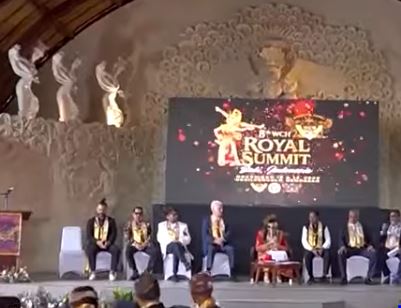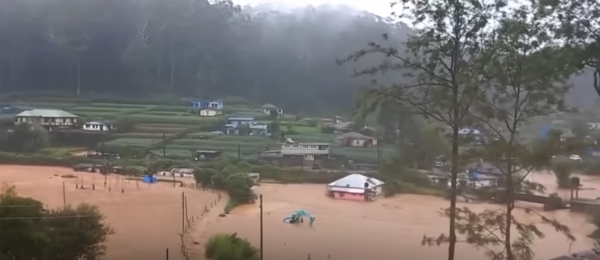Sakwala Chakraya: Sri Lanka’s Timeless Enigma Carved in Stone – By Nadeeka – eLanka
Hidden beneath layers of history, in the tranquil ruins of Ranmasu Uyana in Anuradhapura, lies a mysterious and awe-inspiring artifact. It continues to baffle scholars and inspire dreamers. Known as the Sakwala Chakraya – or “Wheel of the Universe” – this ancient carving is far more than just a piece of stone. To many, it could be a key to ancient cosmology, a lost architectural blueprint, or even an extraterrestrial stargate.
An Ancient Carving Amidst Royal Gardens
Located between the shimmering waters of Tissa Wewa and the spiritual grounds of Isurumuniya Rock Temple, Ranmasu Uyana (literally “Golden Fish Park”) spans 40 acres of lush historical terrain. Amid its ponds and stone pavilions lies a quiet boulder face, upon which is etched one of the most peculiar and unclassifiable diagrams in all of South Asian archaeology.
The Sakwala Chakraya, roughly 6 feet in diameter, appears almost mathematical in its precision. It consists of seven concentric circles enclosed in a square, intersected by geometric lines dividing the formation into quadrants and strips. Inside, you’ll find small circles with cross lines, strange umbrella-like shapes, and even depictions resembling marine creatures. Facing this rock is a set of stone-carved seats, as if designed for a secret council or meditative observers. Yet, what exactly they observed remains unknown.
A Map of the Universe or a Portal to It?
The first scholarly documentation of this carving came in 1911, by H.C.P. Bell, then the Commissioner of Archaeology in Ceylon. Bell was captivated by what he called a “naively simple cosmographical chart”, possibly representing Mount Meru at its center, surrounded by oceans and cosmic domains – all consistent with Buddhist cosmology.
But not everyone agrees on its religious function. Over the years, new-age theorists, UFO enthusiasts, and even some researchers have speculated that the Sakwala Chakraya might be more than symbolic. They propose that it could be an ancient Stargate – a portal used for interdimensional or extraterrestrial travel.
Their reasoning? The strange similarity of this design to other mysterious sites like La Puerta de Hayu Marka in Peru and Abu Ghurab in Egypt – both near large water bodies and both said to have connections with ancient sky beings. Add to this the presence of Danigala Mountain, Sri Lanka’s so-called “Alien Mountain” nearby, known for its flat top and high frequency of lightning strikes and shooting stars, and the story only gets stranger.
A Forgotten Blueprint or Celestial Code?
For those grounded in more academic disciplines, there’s yet another interpretation. Experts like Dr. Shereen Almendra suggest the chart might actually be a sophisticated architectural plan, possibly linked to the layout of ancient structures like Sigiriya, a nearby fortress-palace famed for its complexity and grandeur.
The seats carved in front of the diagram seem slightly angled toward one another, hinting at discussion and planning. Could this boulder have served as an ancient drafting table for visionary architects? Or was it a sacred classroom where Buddhist monks taught celestial geometry?
A Puzzle History Cannot Yet Solve
One of the most haunting aspects of the Sakwala Chakraya is the utter lack of historical record surrounding it. Despite Anuradhapura being one of the most meticulously documented cities in ancient Sri Lankan history, no mention of this diagram, its use, or its meaning exists in chronicles or inscriptions.
As Professor Raj Somadeva points out, this absence makes it incredibly difficult to date or interpret with certainty. Yet he notes that early inscriptions from around 250 BCE already referenced terms like “infinite universe”, suggesting that a profound understanding of space and celestial bodies existed at the time.
Mystery in Stone
Whether a map of the cosmos, a symbolic diagram of Buddhist mythology, a building design, or something far more incredible, the Sakwala Chakraya refuses to give up its secrets. It sits quietly, carved in stone, whispering hints of lost knowledge and ancient power to those curious enough to seek it out.
In an age where much of the world is known and mapped, the Sakwala Chakraya stands as a monument to mystery – a rare and riveting enigma that continues to captivate historians, inspire spiritual seekers, and spark the imagination of those who dare to wonder: What if the answers lie not in the future, but in the past?





















